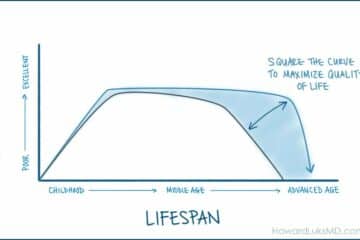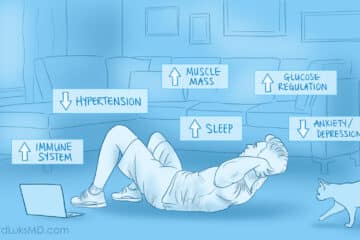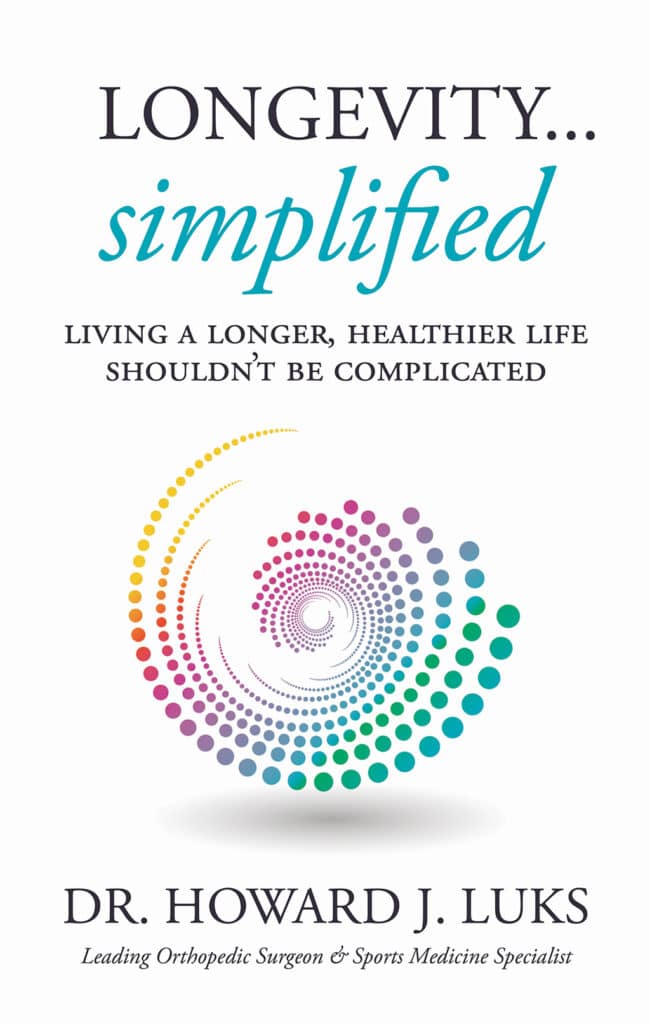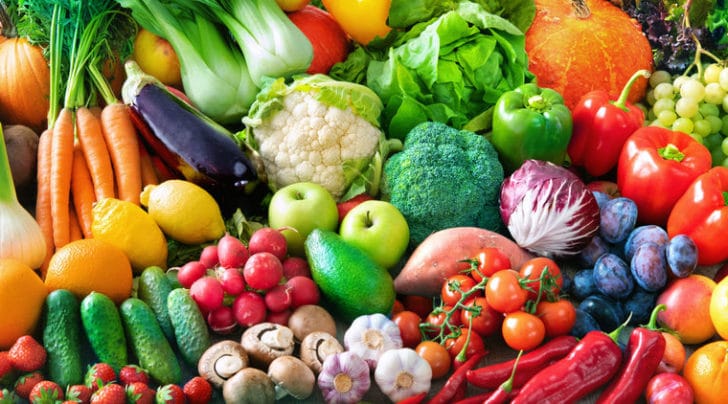
Whole food plant-based diets have gained a lot more attention of late. Folks are trying to consume a more healthy diet to help improve their health. They have come to realize that the standard American diet is not in our best interest. Metabolic health matters! You will start to hear that phrase a lot— and your diet has a huge impact on your metabolic health and potential longevity. But making the transition to a whole food plant-based diet can be challenging.
You’ve likely noticed more restaurants offering vegetarian and vegan options, and grocery stores have expanded their plant-based selections. Plant-based foods are in demand, and more people adopt plant-based diets for several reasons, including their health.
Fiber for the win!
There are many reasons why the transition to a plant-based diet is healthier. For example… red meats containing saturated fats raise your risk of heart disease. But what many people fail to realize is that the fiber in plants has tremendous benefits for us. This paper, for example, showed that people who ate a high fiber diet realized significant improvements in their overall metabolic health profile. Over a few months, researchers documented:
- An increase in hemoglobin by 5.9%,
- An increase in high-density lipoprotein (HDL) by 6.8%
- A decrease in cholesterol by 12.2%,
- A decrease in low-density lipoprotein (LDL) by 18.2%
- and a 15.5% decrease in fasting blood glucose.
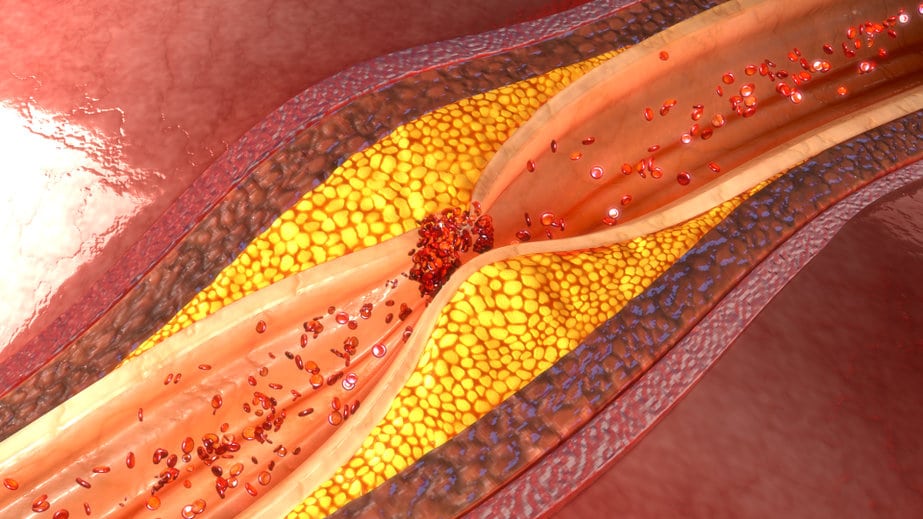
Yet, many people may find it overwhelming to shift away from animal foods. Whether you want to remove all animal products or eat more plants, transitioning to a plant-based diet isn’t about willpower. Instead, you’ll be more successful by taking the right approach and being more mindful of your meals.
Types of plant-based diets
Not all plant-based diets look the same. There are several diets that emphasize more plant-based foods, and Vegan diets are the most restrictive.
A plant-based diet focuses on food choices and encourages you to meet your nutritional needs by eating foods from plants. It doesn’t mean you have to exclude all animal ingredients such as milk, eggs, honey, or gelatin.
Here are some general characteristics of different diets that focus on plant options as primary food sources.
| Diet | Macronutrient Breakdown | Brief Description |
| Vegan | Carbohydrates: 55-58%Protein: 12-14%Fat: 28-38% | Vegan diets eliminate all animal-based products. Individuals following a vegan diet exclude eggs, dairy, meat, and any foods derived from an animal. |
| Vegetarian | Carbohydrates: 51-55% Protein: 12-14%Fat: 30-33% | Vegetarian diets comprise grains, vegetables, fruits, oils, sugars, eggs, and dairy products. Vegetarian eaters may eat meat and/or seafood less than a few times a month. |
| Pescetarian | Carbohydrates: 50-53%Protein: 14-17%Fat: 31-33% | Pescetarian diets are like vegetarian diets with the addition of eating more fish and seafood. Pescetarian eaters may or may not eat eggs and dairy. |
| Flexitarian | Carbohydrates: 50-53%Protein: 14-17%Fat: 31-33% | This diet is like pescetarian and emphasizes eating plant-based foods but allows animal foods in moderation. |
| Mediterranean | Carbohydrates: 35-40% Protein: 12-20% Fat: 35-50% | The Mediterranean diet suggests eating plant-based foods, whole grains, legumes, nuts, and oils. It’s higher in dietary fat than other plant-based diets and emphasizes monounsaturated fats, fish, and poultry. |
One thing you’ll notice is there are macronutrient (protein, fat, carbohydrates) ranges unique to each plant-based diet. Despite many people’s perceptions, plants have all three macronutrients. So whether you follow a vegan or Mediterranean diet, you can eat foods rich in carbohydrates, proteins, and fats.
You may also start with flexitarian eating habits and slowly move towards vegetarian or vegan. The goal is to find an eating style that you enjoy and is sustainable.
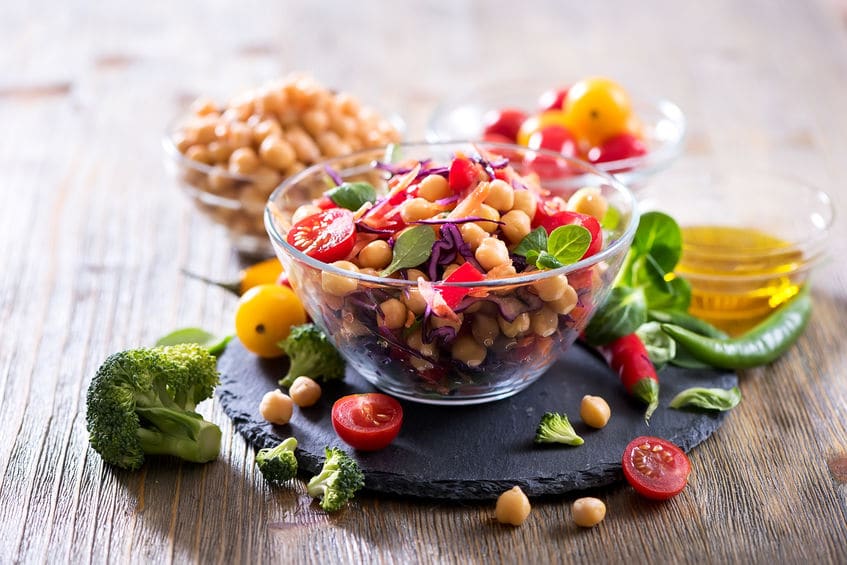
How plant foods boost your health
First, be clear about your motivation for starting a plant-based diet with changing eating habits. For many people, their health is at the top of the list. Current dietary guidelines suggest that eating more plant-based diets has many health benefits, especially in reducing the risk of chronic diseases such as:
- type 2 diabetes
- fatty liver (NAFLD)
- dementia- Many dementia cases are preventable
- stroke
- heart disease
- certain cancers
We have spoken extensively on the importance of metabolic health. Our fasting blood sugar level, cholesterol, chronic inflammation, and lipids(LDL, cholesterol) improve on a proper plant-based diet.
One of the health advantages of a plant-focused diet is the large variety of micronutrients found in plants. Several plant-derived compounds offer a range of antioxidant properties, which sweep up free radicals that can cause cellular damage, senescence (loss of function), and chronic inflammation.
Plant-based eating optimizes certain nutrients that can help:
- prevent disease and cancer
- manage blood glucose
- lower cholesterol
- brain health
- manage weight
- energy levels
Create a plan that includes certain nutrients
The key to maintaining any healthy lifestyle is starting with a plan. It doesn’t have to be complicated, and you don’t have to eliminate everything at once. You can start with your typical plate, and you can halve the amount of meat and double to amount of veggies and build from there. Eventually, you can switch out fish for red meat and continue your progression from there.
It’s helpful to start with a plan to ensure you’re feeling satisfied with your food choices while still meeting your nutrient needs. Moving to plant-based meals often requires practice, learning some nutrition basics, and perhaps even developing new skills, like meal planning. The NY Times has a great recipe section and even provides you with a shopping list for the recipes you save.
You can get all three macronutrients and essential vitamins and minerals from plant foods. If you feel overwhelmed by all the nutrient information, start with one nutrient a week. Focus on foods that are high in that nutrient. It becomes easier once you learn which foods you enjoy that help you reach your nutrient goals.
Protein:
Amino acids are the building blocks of protein. There are nine essential amino acids that we do not manufacture, and we must get them from the foods we eat. We wrote about how to get enough protein from your food choices here. Try adding the following foods to your meals:
- Soy foods, including tofu, tempeh, edamame
- Quinoa
- Buckwheat
- Nutritional yeast
You can also combine plant foods to get all amino acids. Some examples of this are:
- beans and rice
- peanut butter sandwich on whole grain bread
- whole grain pita and hummus
Calcium:
If you’re removing dairy from your diet, focus on plant-based foods rich in calcium, which support bone health, teeth, and muscle actions. Most plant milks are fortified with calcium, so check the nutrition label to find one with at least 120 mg of calcium per 100ml.
You can also get a healthy dose of calcium by eating:
- spinach
- kale
- bok choy
- butternut squash
- sweet potatoes
- broccoli
- Brussels sprouts
Iron:
Iron makes red blood cells, and low levels of this essential nutrient can lead to anemia. Research shows some people may have a harder time absorbing the iron that comes from plants. That’s why it’s important to choose foods rich in iron. Vitamin C can also help your body absorb iron.
Choose foods like beans, dark leafy green vegetables, nuts, seeds, and fortified foods (e.g., breakfast cereals).
Vitamin B-12:
Low vitamin b-12 can also result in megaloblastic anemia, a red blood cell condition that makes DNA synthesis harder. Since animal foods are the best source of vitamin b-12, it’s important to add plant foods fortified with this vitamin, like non-dairy milk, breakfast cereals, and meat substitutes. Nutritional yeast is also an excellent source of vitamin b-12.
Many other nutrients are essential for everyone. But if you start with these and focus on eating various plants, you will likely meet your basic nutritional needs.
Remember, progress, not perfection
Transitioning to a plant-based diet may take some time, and it will probably take experimenting and trying new foods. If this feels intimidating, try food bridging, which is a strategy that can help you ease your way into new foods. Take one food you’d like to replace with a portion of whole plant food and make slight changes or introduce foods like it.
Here’s an example of food bridging:
Veggie straws –> snap pea crisps –> freeze-dried green beans –> steamed fresh green beans or asparagus
You can see how progress allows you to adapt your tastes and food expectations in texture, shape, and color. There’s no reason your journey to plant-based has to follow a certain timeline. Learn to love the process, and you’ll be more likely to continue on your plant-based food journey.
Remake favorite recipes with plants
Many people think they have to give up all their favorite foods when they transition to plant-based foods. But you’ll quickly learn that with the right planning and ingredient swap, you can still have many of your favorite recipes.
Plant-based alternative food products can be a healthful addition to your daily food choices. It’s important to read nutrition labels and opt for ones rich in essential nutrients. Be mindful of added sodium and sugar to these products, as they are often used to make foods richer in flavor.
Eating plants doesn’t have to be boring or lack flavor. Look up recipes or cookbooks that excite you and your tastebuds. Recipes, food bloggers, and chefs can be really helpful resources as you learn how to cook plants correctly. Just like you like your meat burger cooked a certain way, tofu requires certain preparation steps and seasoning.
Surround yourself with plant eaters
Build a support network and involve others in your food goals whenever you’re changing your daily habits. Talk with those that live with you to get their support. Share your reasons and why you want to add more plants to your meals.
If you aren’t the primary grocery shopper, help plan meals and make the grocery lists. Choose simple recipes that are easy to change for plant ingredients.
Connect with people that have already transitioned to plant-based eating. Ask for their help when you need it or when you’re feeling stuck.
The thing about a plant-based diet is there isn’t one way of doing it. Listen to your body’s needs and create sustainable food habits. Choosing plant foods should enhance your relationship with food, not be more stressful.


